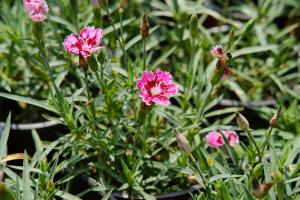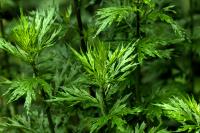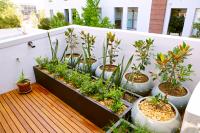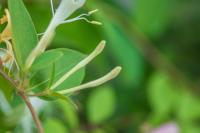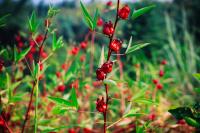1、 Colour
There are many colors of morning glory, including peach, blue, white and purple. Others are crimson, Fuchsia, pink, yellow and cyan. Its flower is funnel-shaped and looks like a trumpet, so it is also called Trumpet Flower. Because it contains anthocyanins, it often changes color under the influence of the outside world, so it has great ornamental value.
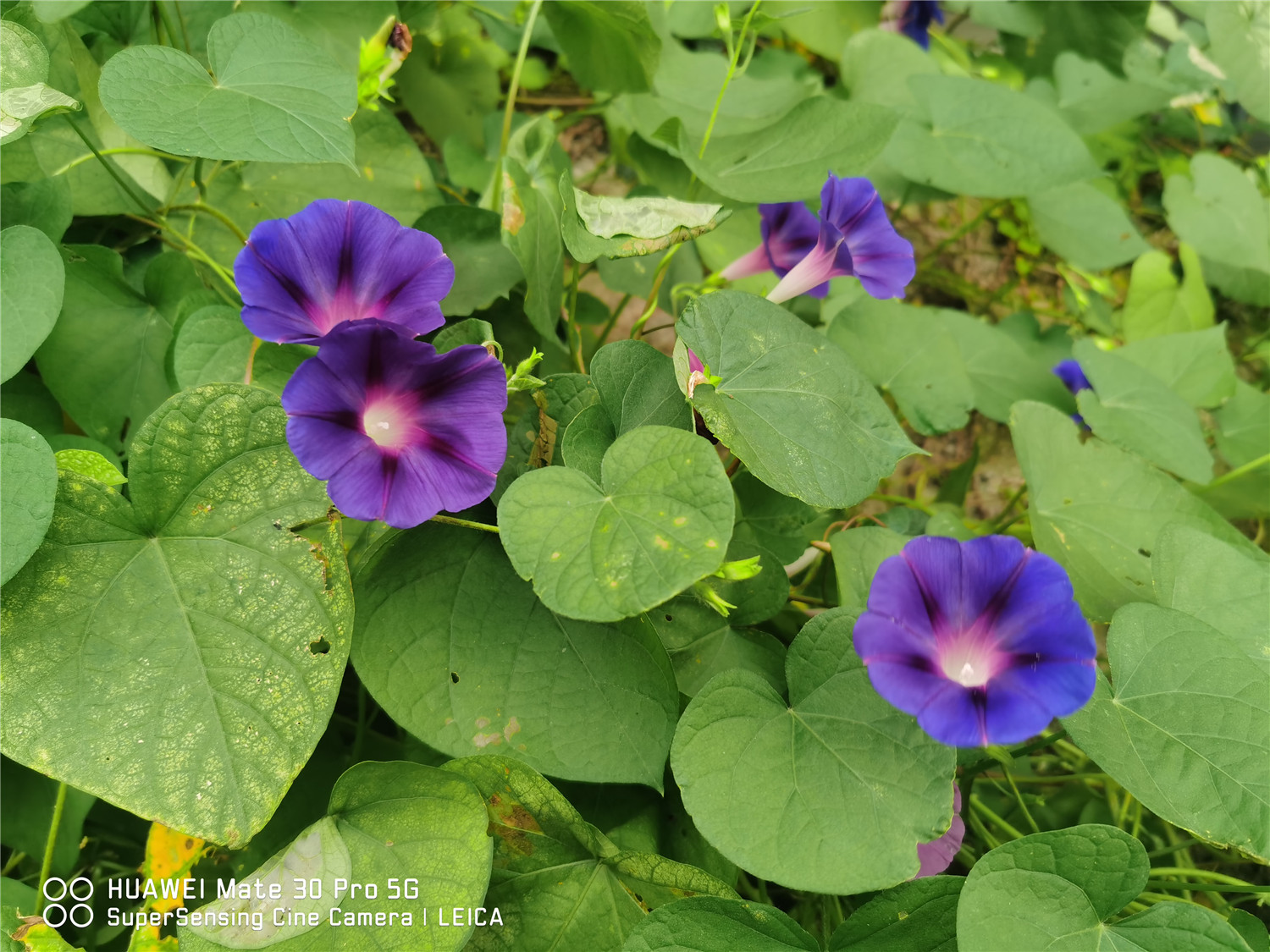
2、 Flowering time
Morning glory usually blooms in summer. As an annual herb, it is usually sown only in spring and can bloom after 40 days, so the flowering period is usually in summer. Its flowering period is relatively long, up to about 100 days, so it can be continuously watched, and because it can change color, it is very beautiful.
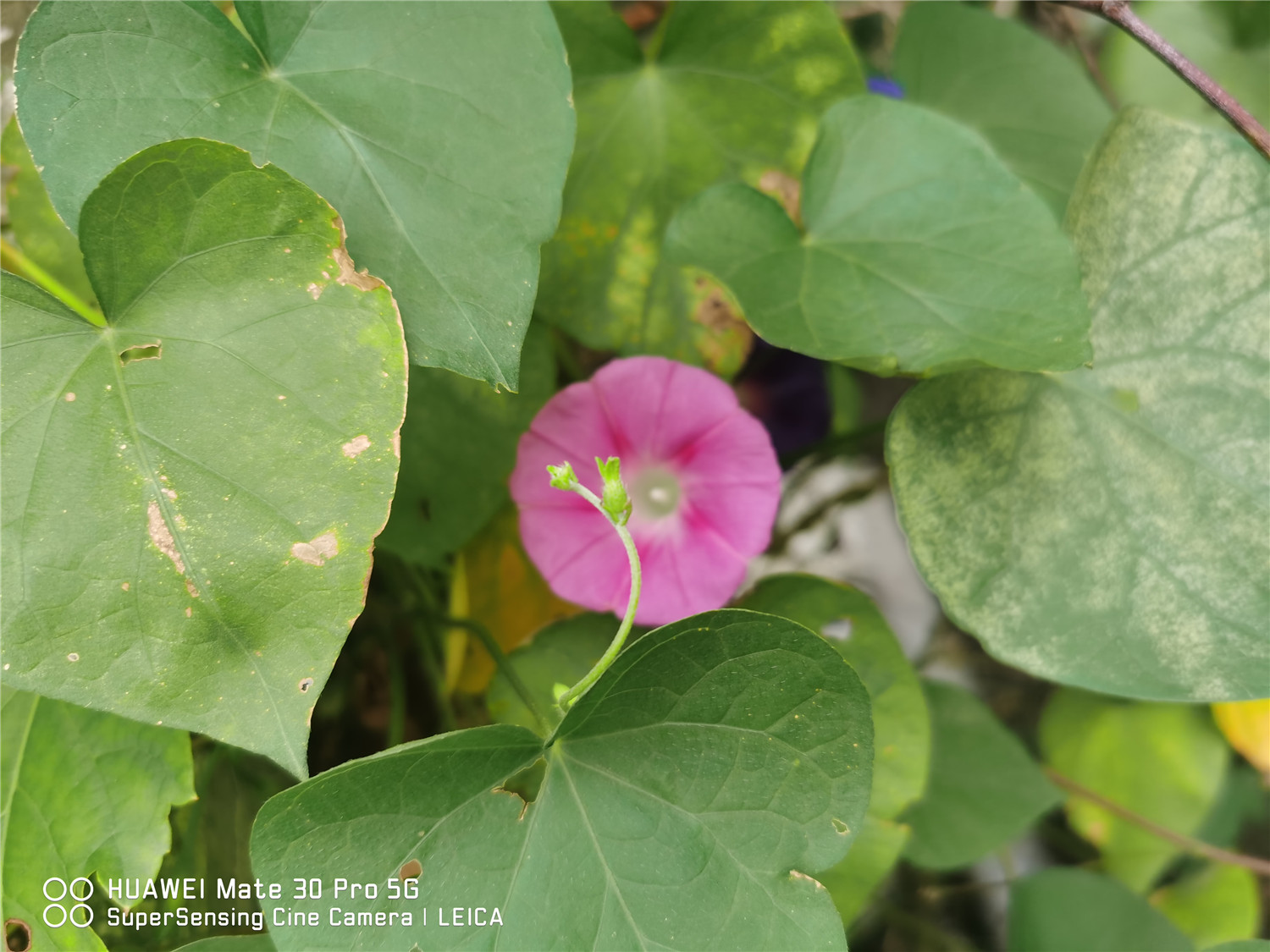
3、 What if it doesn't bloom
1. Soil: most plants like fertile soil. For morning glory, too fertile soil is not necessarily a good thing. Plants need nutrients for growth and flowering, but when the nutrient supply is sufficient, they often choose to grow by themselves instead of turning nutrients to reproduction. In this case, the plants will be and lush, and the leaves are also very beautiful, but they just don't bloom. In the face of this problem, we only need to stop fertilization or plant in a slightly barren soil.
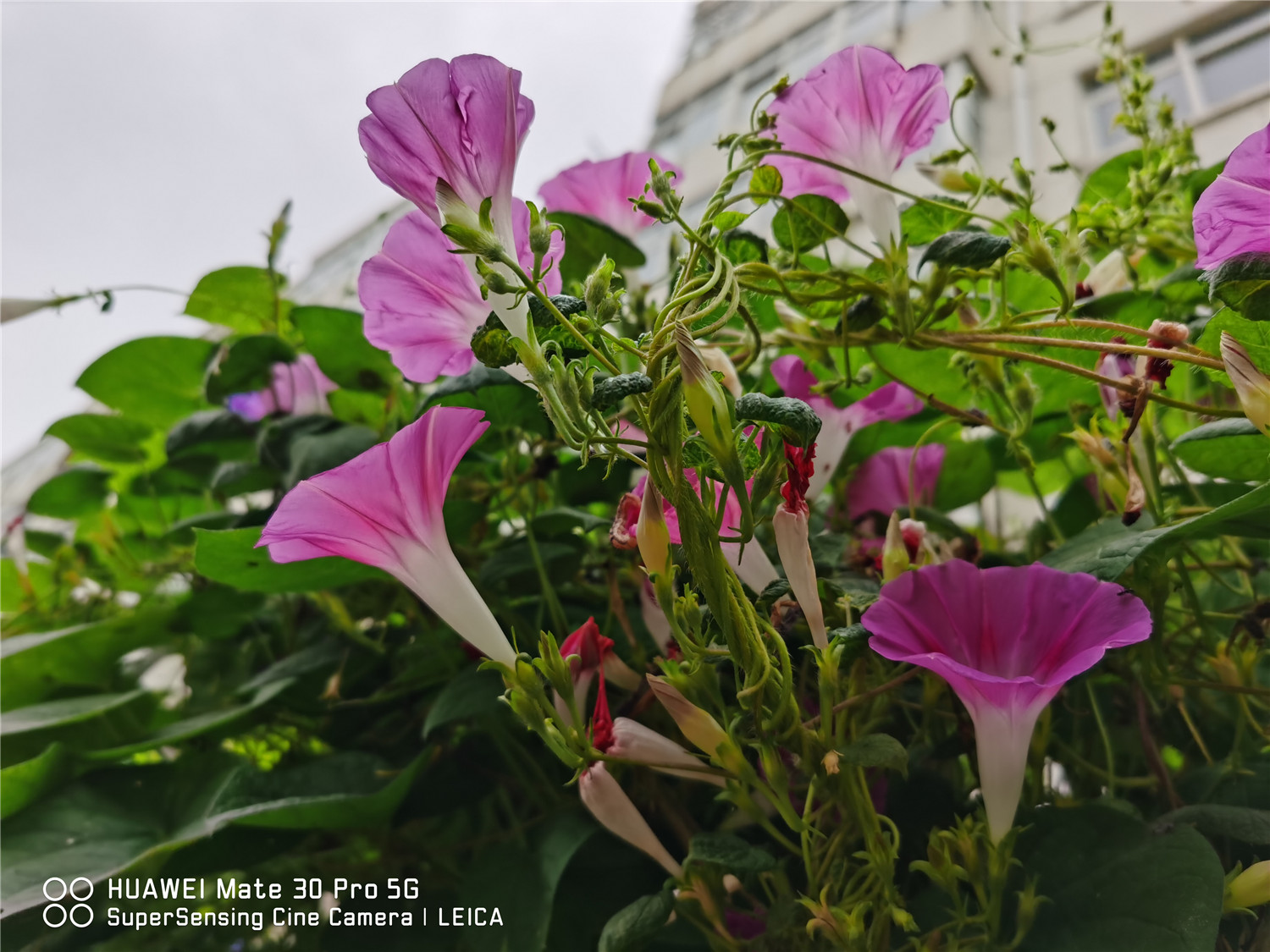
2. Light: if green plants want to blossom, they often need sufficient light, so that the plants can better carry out photosynthesis. If the morning glory does not receive enough light and grows in a dark place without light, it is not easy to bloom. In this case, you need to move it to the sunny place or remove the shaded objects. If it is a tree, you can trim it properly to let the light shine on it through the branches and leaves.
3. Moisture: if morning glory grows in too wet places, it will also affect flowering. At ordinary times, pay attention to water control, do not pour too much, and drain water in time in rainy season to avoid ponding inundating the root.

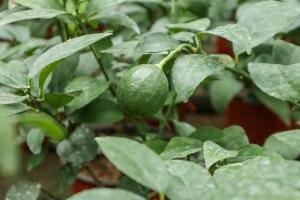 The efficacy and fun...
The efficacy and fun...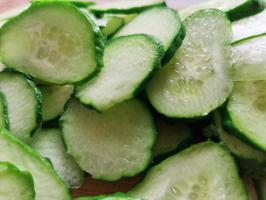 The efficacy and fun...
The efficacy and fun... The benefits of eati...
The benefits of eati...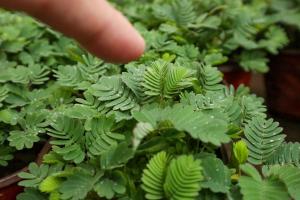 Why is Mimosa called...
Why is Mimosa called...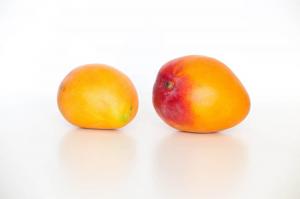 What can't mango be ...
What can't mango be ... The efficacy and fun...
The efficacy and fun...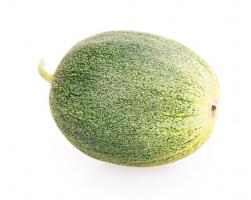 Is watermelon a frui...
Is watermelon a frui...


